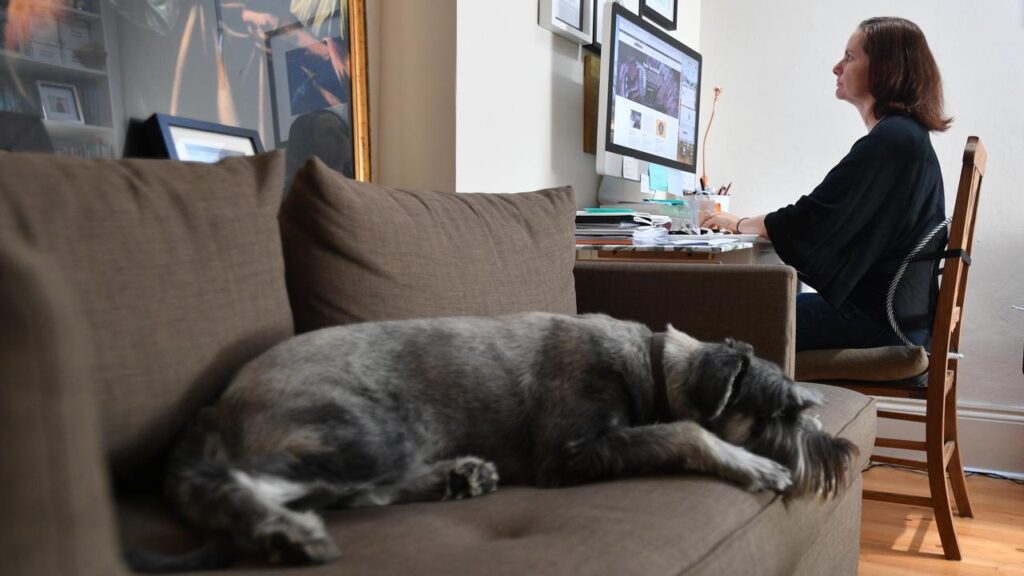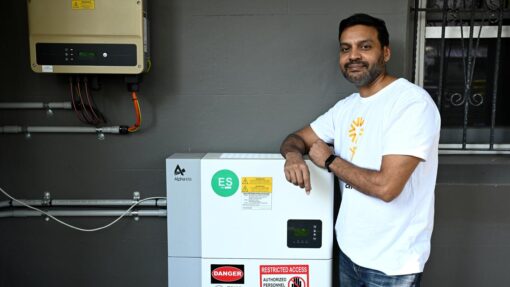Remote work saving time and money with benefits for all
Maeve Bannister and Alex Mitchell |

Australians who work from home have cut their commutes while increasing their working hours and saving money.
The COVID-19 pandemic forced those who could to set up home offices and work remotely as lockdowns were implemented across the world.
Five years on, 36 per cent of Australians still regularly work from home, including about 60 per cent of professionals and managers.
While those who do hybrid or fully-remote roles earn 5.8 per cent less than those who don’t, there are significant savings from the reduced time and money spent on commuting.

One beneficiary of a hybrid working arrangement is public servant Max, 31, who lives in Melbourne’s north.
Splitting time between the office and working from home saves him a 45-minute commute each morning and night when he opts to stay at the house.
“It saves you time either side of work, so you’re more able to do other things and have a better work-life balance,” he told AAP.
“Even if you work from home twice a week you’re saving a few hours and a few dollars, which isn’t nothing.”

Another to benefit from the flexibility – engineering consultant Claire Pollock – said she and her employer got a win when working from home.
“It allows the small around the house jobs to be done during the week with the saved commuting time,” she told AAP.
“This gives me a better work-life balance and also enables me to be more flexible with my availability hours with my employer – which is a win-win.”
The Committee for Economic Development of Australia analysed data from the Household Income and Labour Dynamics in Australia survey, and found people who worked from home commuted on average 15.7 per cent less than if they were office-based.
Working fully remotely reduced commuting by 4.25 hours each week, while those who work from home half the time spent 2.12 hours less commuting.
People who worked solely from home were able to work nearly 20 per cent more hours than those who did not.
Workforce participation has also increased by 4.4 per cent compared to pre-COVID trends.

“Workers are saving time and money on their commute, and in many cases are also able to work more hours or even get a job, where they couldn’t do so before,” CEDA economist James Brooks said.
“Commuting less brings savings on public transport fares and fuel costs, but there’s also savings on time.”
CEDA has calculated the time saving from the lesser commute to be worth an estimated $5308 a year based on average wages.
This is 21 per cent more than the $4400 in wages CEDA had previously calculated was being lost by Australians who work from home, Mr Brooks said.
Previous CEDA research has shown Australians value working from home and were willing to accept lower wages due to the other benefits.
Since the pandemic, mothers of young children, primary carers and people with an impactful health condition have increased their participation in jobs that can be done remotely.
“This suggests groups that had previously faced barriers to on-site work are more likely to have a job now because they can work from home,” Mr Brooks said.
AAP


